#bts black swan
Text

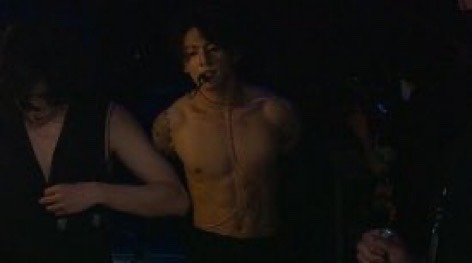


DAMN JUNGKOOK 🔥🔥🔥🔥🥵🥵
#Jungkook#btsgifs#jungkook wallpaper#kim namjoon#kim seokjin#min yoongi#kim taehyung#park jimin#jung hosek#bts beyond the story#bts scenarios#btsedit#run bts#btsgif#bts gifs#bts#bts live#bts black swan#bts jungkook#bts jk#bts mafia au#bts moodboard#bts wallpaper
202 notes
·
View notes
Text


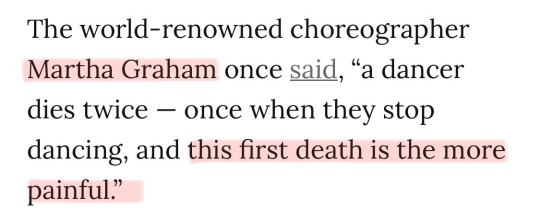

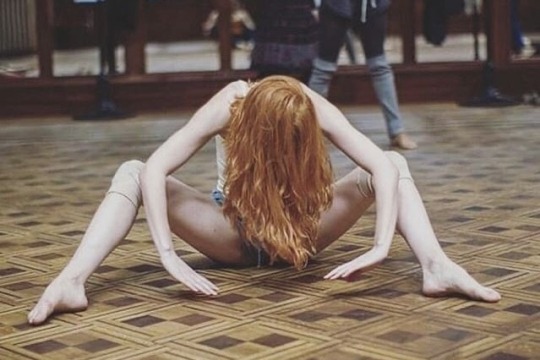




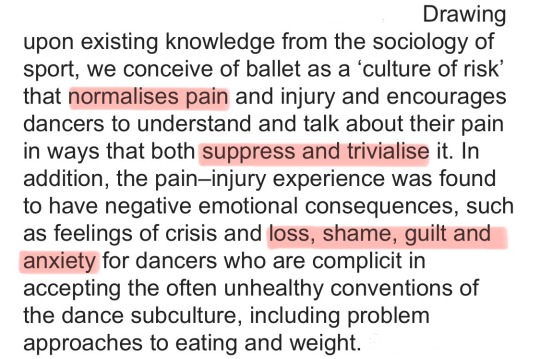
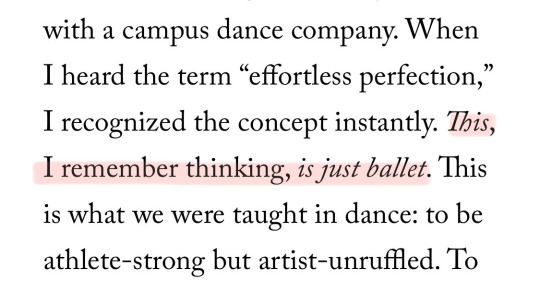




– On Ballet, and Passion, and Pain
"The Ballerinas" by Rachel Kapelke-Dale // Kazuha for ELLE August 2022 // "The death of an artist" by The Michigan Daily // "Tiny Pretty Things" by Sona Charaipotra // “Suspiria” (2018) // "Tiny Pretty Things" by Sona Charaipotra // “Black Swan” (2010) // quote by Edgar Degas // "Ballet Rehearsal", 1873, by Edgar Degas // "Ballet and pain: Reflections on a risk-dance culture", 2011, by Krista McEwan and Kevin Young // "The Toll of Perfectionism" by Claire Angyal // “Pink" on Flickr // "Black Swan" by BTS (2020) // “To A Dancer” by Arthur Symons // “Swan song” definition via Wikipedia
#ballet#balletcore#ballet academia#pointe shoes#ballet aesthetic#pretty and pink#edgar degas#black swan#bts black swan#kazuha#swan song#dancer#dance#dance aesthetic#ballerina#obsession#swan lake#web weaving#web weave#tiny pretty things#martha graham#perfectionism#nina sayers#suspiria#baby pink#coquette aesthetic
133 notes
·
View notes
Text


🦢🖤
#bangtan#bts#укр#digital art#украрт#kookmin#jimin#jungkook#park jimin#jeon jeongkook#jeon jungkook#jm#jk#bts black swan#black swan#jikook#jikook art#арт#пак чімін#чон чонгук#бтс#бтс арт#україна#jikook dance#kookmin dance#Spotify
32 notes
·
View notes
Text
Black Swan you will always be magnificent.



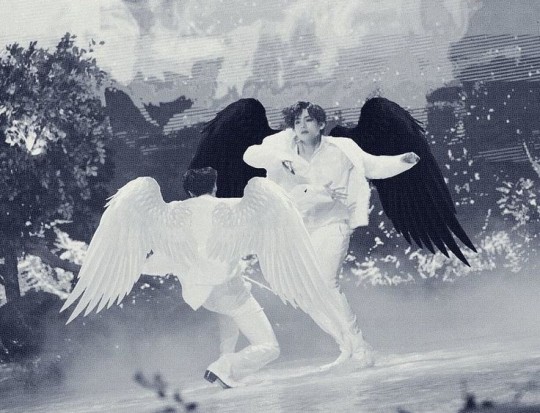
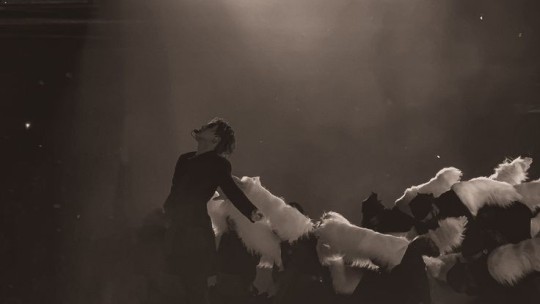
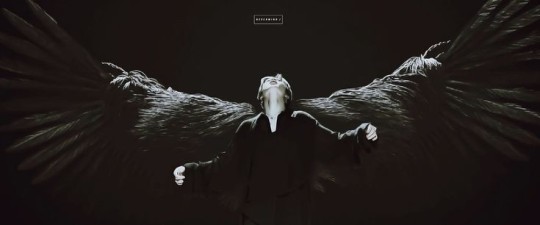




#bts black swan#bts packs#bts moodboard#bts headers#bts icons#bts aesthetic#kpop aesthetic#kpop moodboard#taehyung blue moodboard#jungkook blue icons#jimin blue icons#namjoon moodboard#namjoon icons#hobi icons#hobi packs#seokjin lq#seokjin moodboard#yoongi packs#yoongi icons#yoongi masterlist#jungkook masterlist#taehyung masterlist#namjoon masterlist#jimin masterlist#hoseok masterlist#seokjin masterlist#bts gifs#jungkook gifs#namjoon gifs
670 notes
·
View notes
Text
Taehyung



BTS


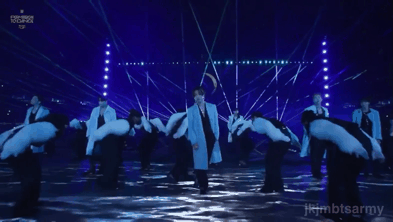
Jimin
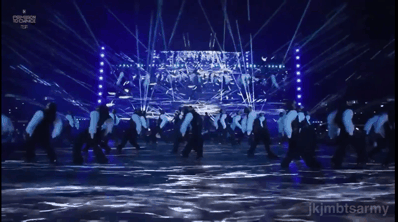
Jungkook

Hoseok

Namjoon

#bts#bts gifs#taehyung#v#taehyung gifs#v gifs#bts blue and grey#bts black swan#jimin#jimin gifs#jungkook#jungkook gifs#hoseok#hoseok gifs#jhope#jhope gifs#namjoon#rm#namjoon gifs#rm gifs#bts concert#bts ptd#bts ptd la d4
34 notes
·
View notes
Text


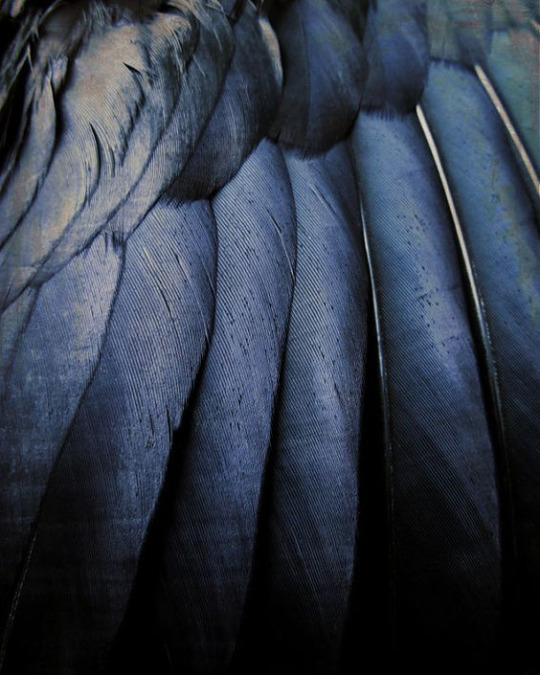
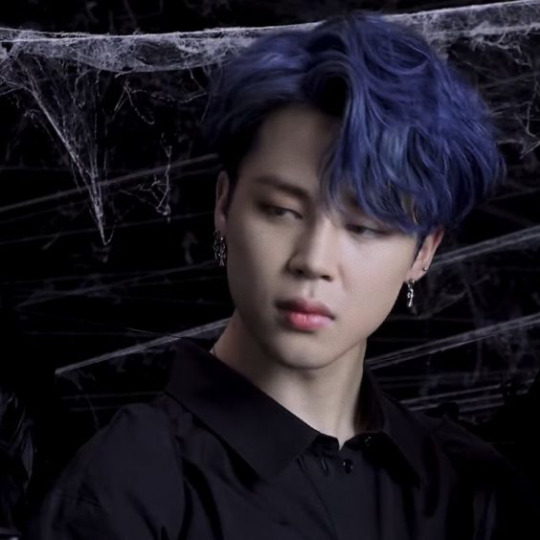




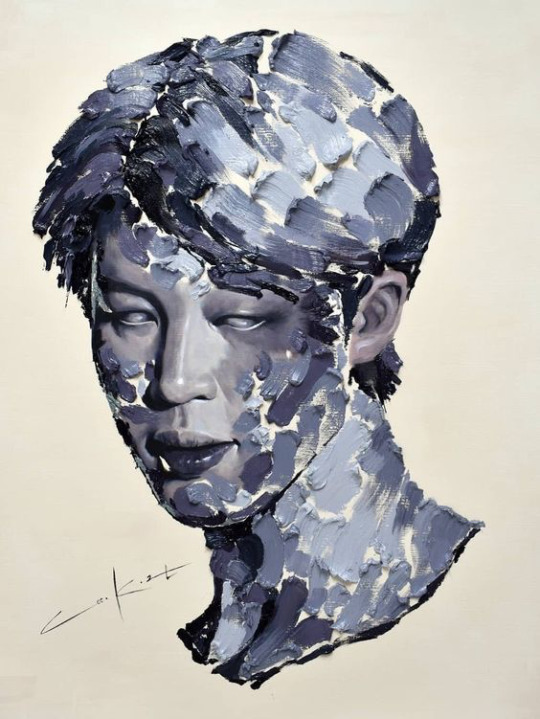
Bearer of the symphony of eternal temptation,
The fallen angel, 𝐏𝐚𝐫𝐤 𝐉𝐢𝐦𝐢𝐧
타락한 천사 (13 October 1995 ♎️)
♣ ໑ —𓄹 𝓑𝓵𝓪𝓬𝓴 𝐒𝐰𝐚𝐧

Taglist: @navaratna, @buttercupspotify, @ji-jii-visha
╰┈➤ Special customers(Taglist)
If the taglist is not working, message under the post or DM me to be added.
⁀➷ Moodboard Masterlist

#bts#white poppie🌼#bts jimin#jimin#jimin icons#park jimin#jimin moodboard#bts icons#jimin messy icons#jimin messy layouts#jimin messy users#jimin blue moodboard#jimin blue icons#black swan#kpop aesthetic#kpop packs#soft layouts#bts black swan#bts black header#bts black and white#bts black moodboard#bts black icons#bts aesthetic
185 notes
·
View notes
Text

happy bday love! 💞💞💞 @flaine
ref / inspo
#my art#digital art#fan art#art#glee#glee art#glee fanart#mike chang#matt rutherford#rutherchang#bts black swan#glee x bts#pushing my glee x bts agenda always
58 notes
·
View notes
Text

Jimin Black Swan
74 notes
·
View notes
Photo
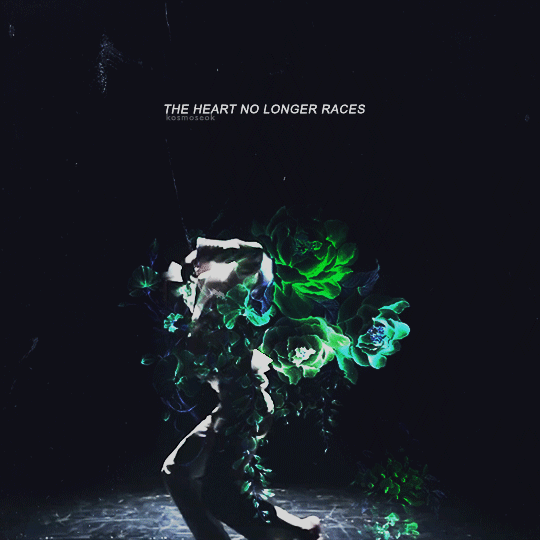

black swan
#*reposting my old stuff#pjmdaily#btsgfx#useryoonqiful#annietrack#usermaggie#heyryen#tuserdaisy#armysource#jimin#btsedit#maknaelinegifs#userjeonqquk#bts black swan#*mine
213 notes
·
View notes
Text
Into the Shadows: An Analysis of BTS’s “Black Swan” Music Video
Read the full essay here or on The Medium! https://medium.com/@bethalal5813/into-the-shadows-an-analysis-of-btss-black-swan-music-video-c71c5008bbbe
What if I no longer love my art? Every artist has, at some point, asked themselves this question. It’s a question fraught with fear, shame, pressure and doubt, asked in the deepest, darkest moments where no one else can see. South Korean boy band BTS, and one of the biggest musical acts in the world, also asks this question except they confess this fear to their global audience. In their 2020 single “Black Swan” from their album Map of the Soul: 7, RM, Jin, Suga, J-Hope, Jimin, V, and Jungkook examine their relationship with music and the fear of losing their passion for it. As American dancer Martha Graham said “a dancer dies twice — once when they stop dancing, and this first death is the more painful.” This struggle with their fears is like death to them, tearing at their certainty of who they are, and they must find a way to overcome their fears or risk losing themselves entirely.
“Black Swan” is a raw, vulnerable insight into the insecurities and pressures BTS face as musicians and artists. Whereas their previous track, “Dionysus” is a delirious high, showing an artist’s intoxicating passion for their art, “Black Swan” and its corresponding music video is the bleak hangover. This R&B trap ballad admits the pressure and fears they face and how that interferes with their love for music. The title’s allusion to both Tchaikovsky’s evil character in the Swan Lake ballet and the 2010 thriller Black Swan hints at this duality of passion and fear, perfection and insecurity. The title could also reference the term “black swan”, an event, in this instance falling out of love with music, that happens unexpectedly, has extreme impact, and is of human nature. The music video, shot at the Los Angeles Theatre and released on March 4, 2020, captures these dualities by incorporating motifs of shadow and light, on-stage and off-stage, and black and white to explore the lyrics’s themes of fear and overcoming fear.
“Do your thang with me now. What’s my thang? Tell me now” This intro directs BTS to keep doing their passion, except they’re struggling to remember what their passion is. This struggle is at the core of the first verse, which introduces the shadows that haunt them. Suga raps “The heart no longer races when hearing the music play”. As a rapper, idol, musician, and producer, music is deeply intertwined in Suga’s life. His love for it is detailed in his 2016 song “First Love” which described the piano as the first love in his life, there for him throughout his life whenever he needed it. In this verse, however, he fears losing this passion for music one day, confessing it would feel like death. RM raps similar sentiments, admitting a deep fear that what if this first death is happening right now.
The music video articulates shadows through its lighting. Reflecting his opening lyrics, Suga crouches by himself on an elegant, empty stage that is half-submerged in shadows. In the music video, the stage is a metaphor for their relationship with music, and currently Suga’s love for music is submerged in darkness. The camera is pulled back in a long-distance cut, making him appear even smaller on the stage. Projected onto the background behind him, a huge shadow awakens and flexes like a bird stretching its wings. The shadows are awakening and actively overtaking him. The next scene is RM standing alone in a hallway of the theater, staring at the camera. The hallway is more clearly lit than the stage, but a daunting shadow is projected on the ceiling, looming over him. This shows that they are still being followed by their fears even when they leave the actual stage. As he raps about his “first death”, he momentarily turns his back from the viewer, hesitates, before looking into the camera directly, rubbing his throat.
This gesture of suffocation and death and the fear being realized in the present is reflected in the music video’s costuming and choreography. For most of the music video, the members are in fully black outfits, signifying their descent into the shadows. Black-and-white costuming is featured, however, in the choreography scenes that are intercut throughout. These scenes take place on a blacked-out stage with a single spotlight, symbolizing the shadows they are facing. Two dances take place here: the group’s official choreographed dance and Jimin’s solo dance. The costumes are designed to look mid-transformation from white swans to black swans. Jin and RM are in white suits but have black undershirts and black jacket linings. Further along the transformation, Jungkook has black trailing up his coat sleeves while Suga and J-Hope have black color on their tailcoats. V wears a black undershirt with actual feathers on his collar, and Jimin, the primary character in this music video, has black feathers running down his white jacket. The black represents the shadows, and the gradual overtaking of black, particularly around the neck, suggests the shadows suffocating them. In the group choreography, as Suga raps, Jungkook dances around him as a representation of Suga’s struggle against the shadows before offering his hand which Suga accepts. In RM’s verse, Jimin and V mimic RM’s moves behind him, amplifying his fears. In his solo scenes, Jimin performs a modern dance with the shadows nearly completely obscuring him. A clear shot of his face is not seen until nearly the start of the chorus, suggesting intense private turmoil.
The chorus section drags them deeper into the fear itself. The pre-chorus lyrics describe a muffled silence, impenetrable by songs or their cries for help. The silence is filled with only their heartbeat. This cavernous emptiness represents their fears of falling out of love with music, most likely brought on by the intense pressure, expectations, and scrutiny they face as global superstars as well as possibly anxiety and burnout from constant musical output. In the music video, V looks down at the camera, like a human to an insect, as it circles around him. This reflects the lyrics of trying to escape from the maw, evoking the voraciousness of this fear and the danger of being eaten alive by it. In the pre-chorus line “Do you hear me”, Jimin is alone amongst the audience seats, the room completely dark except for a large spotlight on him. The camera is held at a long-distance and Jimin is crouched away from the camera, reinforcing the isolation and the disconnect BTS feels. Jimin slowly rises but never looks at the camera.
To understand the main chorus, we need the context of BTS’s discography. In 2017, BTS released a hidden track called “Sea” where they described their journey as a group like walking through a desert, which represented their struggles and failures, as they tried to reach the sea, which represented success. The same metaphor is used in “Black Swan” except now they have reached the sea, or the ocean in this case, but find themselves at the bottom of the ocean with no light or sound. The success they have achieved through their struggles has come now with new fears. Rather than swimming in the ocean of success they are drowning in its depths. Further, on the same album as “Black Swan” is “Interlude: Shadow” in which Suga discusses the pressures he feels from his immense success by using the metaphor of shadows to describe his fears of failure, self-doubt, anxiety, and loss of control. Though “Black Swan’’ focuses specifically on the fear of losing their love for music, all these fears and pressures and doubts manifest themselves in the shadows heard and seen in “Black Swan”. In the music video, Jimin dances solo, succumbing to the shadows. As he sings that he is crying out silently, he drops out of the frame, and the scene cuts to the group dance.
During the chorus, the music video contrasts the darkened stage and a brightly-lit lobby, signifying the song’s focus on the group’s internal struggle behind the scenes. In the lobby, Jimin slides across the floor while the others prostrate themselves, reaching out for help. The movements are large and expressive, showing how they are trying to escape and failing. They struggle to rise but their feet are held in a rut on the ocean floor, and it is “killin’ me now, killin me now.” At this line, the scene switches to the stage where the members wear their white-and-black outfits; they are trying to perform, but the shadows are overtaking them. The camera is at a long-distance, disassociating them from the stage. When V sings “Struggle but it’s all ocean floor” the scene returns to the lobby, their metaphorical ocean. It feels like eternity being trapped at the bottom of the ocean, and they direct the listener to “Film it now, film it now”. The scene cuts back to them on the stage to be filmed for the world as Jin drops his arm from head to belt like taking a snapshot. As global superstars, BTS have every move, word, and decision scrutinized by millions across the world. Through this song, they surrender even their darkest moment to these millions of eyes, knowing there is no escape from the pressures and fears. The irony of their journey they discover is that at the bottom of the ocean is more sand: they never escaped the desert.
To be free, BTS has to confront their shadows and, somehow, overcome them. The ending of the chorus shows close-up shots of the members on the stairs. Jimin stands slightly away from the others, and instead of a close-up shot for him, it cuts to him on the stage. The camera curls around him as black wings burst forth from his back, signifying him turning into the black swan but also alluding to a hidden meaning. BTS’s 2016 album Wings, explored the growth and struggles of the group as they became adults. Their song “Outro: Wings” spoke about how BTS’s fandom ARMY are the wings to BTS that enable them to have freedom and success. The motif of wings returning here foreshadows how grappling with this fear will allow them new freedom and new heights.
After Jimin’s wings spread, the music video cuts to J-Hope, wearing all-black, in a new foyer. The light in the room is almost completely extinguished except for a floodlight-like light on him, as if he is in the ‘belly of the whale’. J-Hope raps about sinking deeper into the shadows. This time, however, instead of being pushed there, he tells the darkness to let go and walks himself into the deepest depths to face his own shadows. Throughout their discography, BTS have emphasized the importance of facing your fears. To them, fears are not a weakness to hide or something to run from but an essential part of growth. Fears can be overcome if only we’re willing to acknowledge them and push through them. This fear of their music and passion may be their deepest, darkest moment. Nonetheless they face it head-on. J-Hope dances near a fountain, symbolizing the ocean he is trapped in, and the camera begins to move closer to him, closing the previous emotional distance.
The reward of confronting his fears is seen in J-Hope’s final words of his verse: “I saw myself”. Struggling past the insecurities, pressure, and doubt, BTS have remembered the true reasons why they love music. They don’t specify these reasons because it is private to them, but by remembering why they do this, they realize that music is an essential part of who they are. Their fears were not a negative thing trying to destroy them, but an opportunity to grow deeper into themselves. As J-Hope raps, the scene cuts to a large, window-lit practice room. This time, the behind the scenes don’t suggest inner turmoil but inner peace and familiarity, a place they use to prepare to go back on stage. We now get a close-up of J-Hope’s face, cutting out any emotional distance, as he grabs and faces Suga.
Suga’s verse signals the return journey from the ‘belly of the whale’. J-Hope mirrors Suga’s movements like a shadow as they circle around each other. When Suga raps that he’s found himself, J-Hope leaves, alluding to Suga finally escaping the darkness. As if from a dream, Suga says, he wakes up in his studio, and realizes that no matter how violently the waves throw him, he won’t get dragged away because his love of music is in himself. Similar to the stage, the studio has at times been a burden to them, as seen in their 2015 song ‘Dope’, where the studio is the place where their youth rots away while they work; here, however, it goes from being a place of work to a place of love. The music video returns Suga to the stage where he first started the song. The camera now closely circles around him as opposed to the long shots in the first verse, and the shadow projected behind him is much smaller than it was in the first verse. Their fears held them down on the ocean floor, but openly acknowledging these fears and finding the reasons they truly love music means that they could never lose their passion again. He reaches out to his shadow like a friend.
The second chorus section references their 2018 song “Fake Love”, which features musical motifs repeated in “Black Swan”. “Fake Love” describes a bad relationship where they are masking their true selves. The lyrics “a forest of just us…I forgot the route that I came along”, shows how they have lost themselves in an effort to save the relationship. “Black Swan” continues the themes by describing them being in a bad relationship with music where masking their insecurities causes the death of their passion. The second pre-chorus section finds them waking up from their ocean nightmare in a forest. In the music video, Jin is in a dressing room, perhaps the most well-lit set of the video, surrounded by mirrors. In a different scene, Jungkook stands in the balcony section, where the whole theater is in darkness except the stage. Doolsetbangtan.wordpress.com notes that in Kafka on the Shore by Haruki Murakami the forest is a kind of labyrinth that represents “the understanding of the self”. RM is a known fan of Haruki Murakami and is a main songwriter on both songs, so this is likely the forest he is referring to. In “Fake Love” they’ve lost themselves in the forest, but in “Black Swan” they’ve woken up in the forest, knowing once again who they are. Jin chooses to look himself in the mirror, and thus his shadows, as the lyrics contrast being swallowed by the jaws of fear with “nothing can devour me”. Overcoming the silence around them, they “shout with ferocity”, and Jin turns to stare into the camera. Though millions of eyes are on him, he is just as free to stare back at them. The mirror images don’t move with him, a homage to the film Black Swan, but also symbolizing that by looking into his shadows, he is no longer controlled by them. From the balcony, Jungkook has metaphorically risen above the fears of the stage. BTS know who they are and thus know the route through the forest. Jungkook leans back far over the balcony. Arms spread wide, he has found his wings and is not afraid to fall.
The final group dance takes place on the stage; however, unlike earlier, the camera moves from the audience’s perspective to BTS’s perspective. BTS are silhouetted against the spotlight, and their backs are to the audience, removing the control that the world has on them. They dance and sing for the love of it alone, and here, wearing all black, we see the transformation of the black swan completed. The black swan side of themselves at first appeared dangerous; like in Tchaikovsky’s ballet, it seemed evil, seductive, deceptive, as opposed to the white swans in them who were good, pure, but vulnerable. In truth, though, the appearance of the black swan as the sudden appearance of fear, is a good thing. Like in the 2010 film, the black swan side of themselves is raw, emotional, and in touch with the art, as opposed to the white swan character who is obsessed with perfection, technicality, and therefore afraid. The black swan is good because it is in touch with the deepest part of their souls and who they are as people and artists. Jimin’s solo, from the same stage and perspective, is a silhouette against the bright spotlight. He dances freely, expressing being broken by the pressure and rising once more again with faith in himself.
The difficulty of creating art, however, is that the insecurities, doubts, and pressures never quite fully leave. The outro of “Black Swan” shows the cyclical nature of these fears in BTS’s lives. BTS’s songs are typically structured as 3-verse, 3-chorus with a thesis-antithesis-synthesis approach showing their problem, revelation and growth through the progression of the song. “Black Swan”, however, is condensed into a 2-verse, 2-chorus structure, and the lyrics repeat for the second chorus and the outro. This repetition and break from their three-part structure indicates that their fears are not entirely gone. Producer and Youtuber Joey Nato noted that the synth of the outro sound follows the “What’s my thang” melody of the intro, and the music sounds submerged as if underwater. This suggests the ever-presence of their fears lurking at the edge. On the stage, they dance in a line behind Jimin, who reaches out for help and drags his feet across the floor as they sing about the sound being shut off and their feet held in a rut. Joey Nato points out, though, the “Do you hear me” is more aggressive in the outro. They have gained the ability to confront these fears.
In a solo shot, J-Hope is again surrounded by shadows. He stares into the camera before descending into the darkness. As he does so, Jimin, in his solo dance, collapses, and the camera pulls away, leaving him to the darkness. Though we don’t see the conclusion, we see a post scene of Jungkook in the balcony section. A large shadow has overtaken the stage. As he watches, the shadow shrinks and disappears. Satisfied, he walks off. It’s interesting to note here that a behind the scenes clip revealed that the looming shadows were performed by Jimin and J-Hope, adding a deeper layer of intimacy and familiarity to the shadows plaguing them. In the group dance on the stage, as they block the light, their shadows loom large in front of them. In the final formation, however, their silhouettes become interlaced with their shadows. They have confronted and overcome their fears and recognized that these fears are a natural, ever-present, and vital part of who they are as humans and artists.
BTS’s discography openly talks about their personal challenges, including growing up, mental health, and contending with injustices in society. Throughout these struggles, music remains a vital source of strength carrying them through it. “Black Swan”, however, rocks this security as they question their love for music. The song is spectacularly raw and its intense vulnerability makes it a definitive entry to BTS’s discography and the music industry as whole. But this struggle is not theirs alone. “Black Swan’s” various performance concepts reimagine the song in different contexts of art and shadows. In the premiere performance on The Late Late Show with James Corden, BTS danced barefoot and dressed in black on a stage designed like a fairytale forest at night. This performance paid homage to Tchaikovsky’s Black Swan and the ballet’s theme of good vs. evil. The Korean music show performances had them dancing in both black and white costumes amongst ruined classical architecture. These performances evoked imagery of grandeur decaying, of the art itself being broken because of their shadows. On The Tonight Show Starring Jimmy Fallon’s “BTS Week”, they introduced a new spin on this struggle and performed on a stage designed like an abandoned church, alluding to the disillusionment of belief, in institutions but also in themselves, as their core identity is being called into question. Their Japanese promotions on NHK Songs modernized the theme. BTS performed in flowy, loose modern clothes on a simple stage, evoking an image of a performance student dancing alone in an abandoned auditorium as they struggle with their inner demons. No matter the interpretation, these performances and the song itself speak to the struggle of the soul decaying under pressure, shadows overcoming the light, and an artist fighting against all odds to keep the love of their art alive.
#yeah i'm just gonna post this here unedited bc i'm lazy#black swan#bts black swan#bts#bangtan boys#bangtan sonyeondan#rm#namjoon#jin#seokjin#yoongi#suga#jhope#hobi#hoseok#taehyung#jimin#v#jungkook#black swan analysis#bts analysis#long post#read more#my essays
21 notes
·
View notes
Text
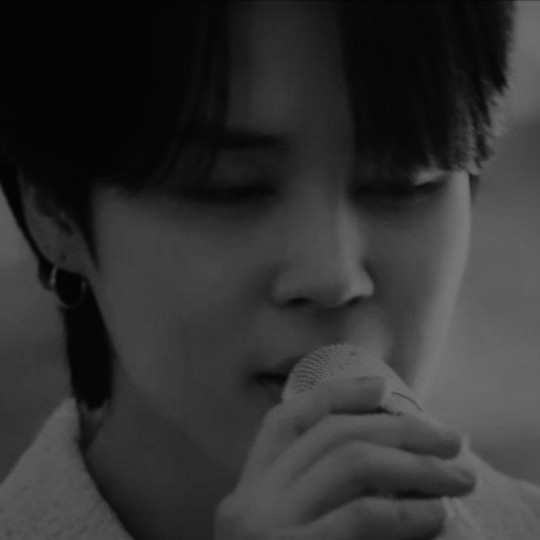



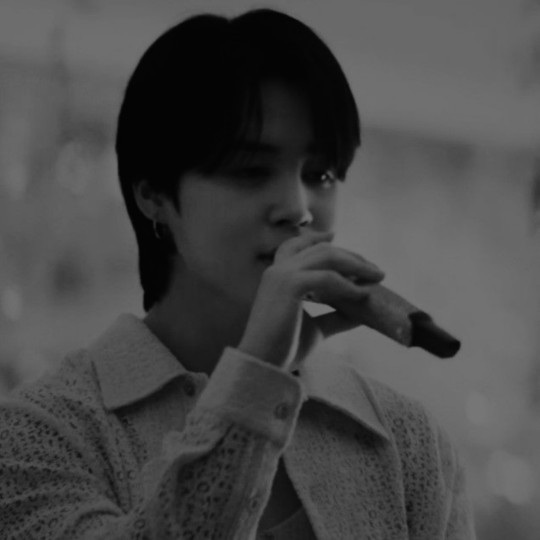

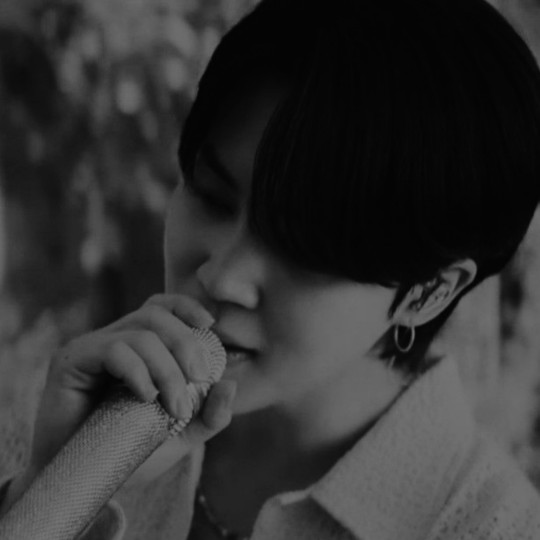
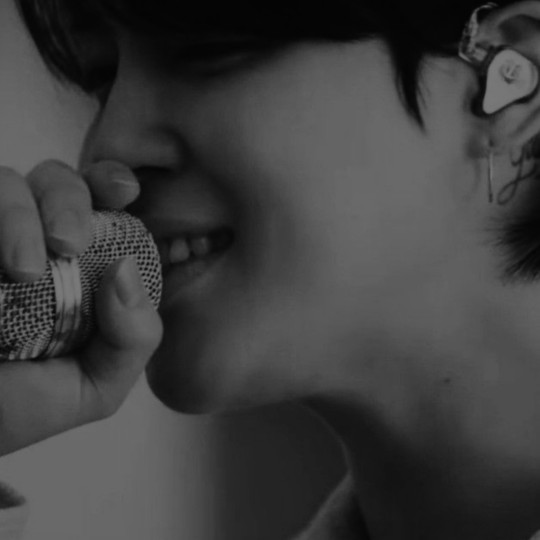

Jimin's special 'Letter' performance | 07th June 2023
#ask#bts edits#bts#btsgif#jimin#park jimin#jimin edit#dailybts#daily blog#bts mochi#bts messy icons#bts moodboard#bts black swan#jimin black and white icons#jimin bts#jimin bios#dailyjimin
19 notes
·
View notes
Text

My Seven Always and Forever 💜🫡
#kim namjoon#kim taehyung#kim seokjin#jeon jungkook#min yoongi#btsgifs#btsgif#park jimin#run bts#bts army#rm bts#bts edits#btsedit#bts gif#bts gifs#bts live#bts#bts black swan#bts fanart#bts taehyung#bts v#bts mafia au#bts grammy
224 notes
·
View notes
Text

Four new Sticker designs just posted to our Etsy store! Limited stock until we are able to buy more stamps! Get one here! ^^ More designs will be posted soon!
#sisterstories#Etsy#etsy store#stickers#wednesday#spirited away#bts#bts black swan#black swan#cookie run#identicalbyheart
8 notes
·
View notes
Text
thv ❤🔥

thv posted! He looked so good😍💘💘
Twitter Instagram shop ko-fi commission patreon(with wallpaper)
#bts#taehyung#kim taehyung#bts fanart#bts army#taehyung fan art#jimin#jin#suga#jungkook#jhope#namjoon#kpop#fanart#kth#bts v#bts black swan#oil painting#digital art#portrait#korean#art#bangtan sonyeondan#bangtan boys#taehyung art#bts art
44 notes
·
View notes
Text


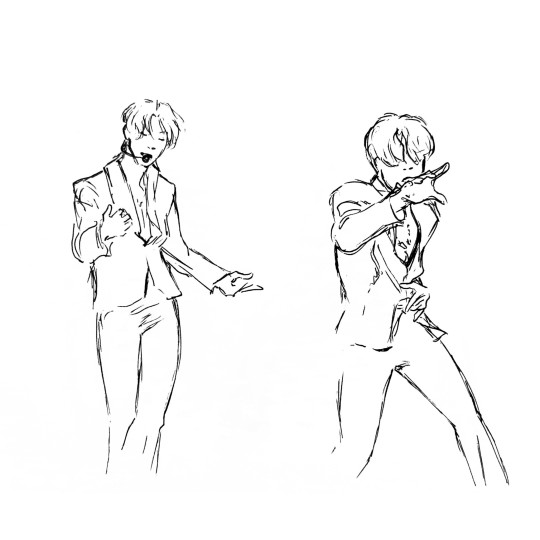
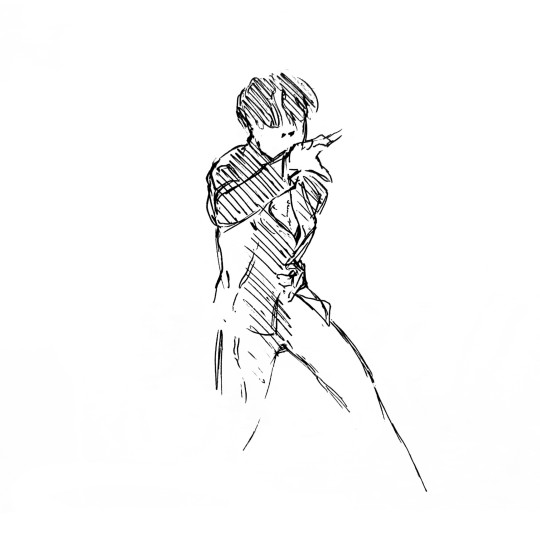
D-8: Black Swan (PTD on Stage - LA 2021)
youtu.be/b3UEJvroEmQ
Sammy requested this last year but there were no fancams yet, just gifs of Jungkook's crop top. 💀
#3minjimin#jimin fanart#jimtober#jimin#bts fanart#bts#bts jimin#black swan#bts black swan#traditional art#gel pen#sketchbook#3 minute sketch#timed sketch#art#fanart#art challenge#figure drawing
14 notes
·
View notes
Video
“black swan”
muhteşem yahu
9 notes
·
View notes